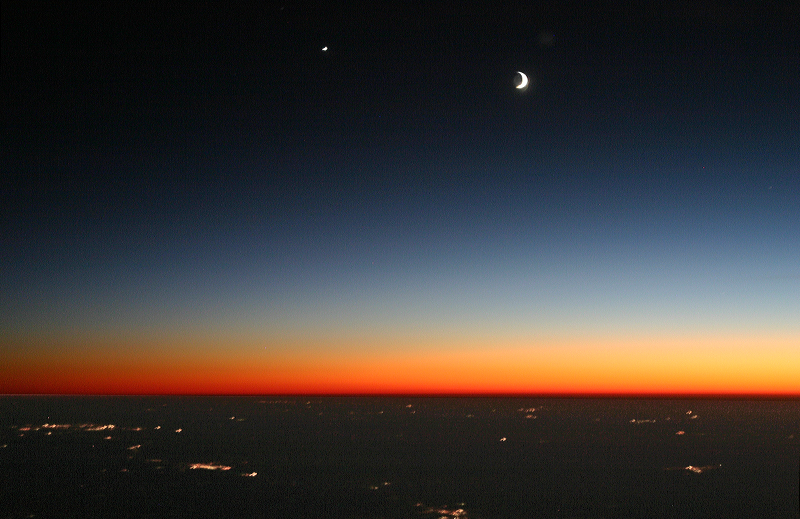As most of us are currently unable to travel due to the 2019 Novel Coronavirus pandemic, that does not mean that we cannot attempt to see a natural event which will not occur again for another 6,800 years — and that event will persist for a few more days in the northern hemisphere of our planet, as it is the comet which is known as NEOWISE as it speeds its way through the inner solar system before it dashes away out into the depths of space.
This Event Will Not Happen Again for 6,800 Years.
“Discovered on March 27, 2020 by NASA’s Near-Earth Object Wide-field Infrared Survey Explorer (NEOWISE) mission, Comet NEOWISE is putting on a dazzling display for skywatchers before it disappears, not to be seen again for another 6,800 years”, according to this article from the National Aeronautics and Space Administration of the United States, which is more popularly known as NASA. “For those hoping to catch a glimpse of Comet NEOWISE before it’s gone, there are several observing opportunities over the coming days when it will become increasingly visible shortly after sunset in the northwest sky. If you’re looking at the sky without the help of observation tools, Comet NEOWISE will likely look like a fuzzy star with a bit of a tail, so using binoculars or a small telescope is recommended to get the best views of this object.”
This short video shows the comet as seen from the International Space Station.
Comet NEOWISE from ISS, July 5th pic.twitter.com/pAbGdtchAc
— Seán Doran (@_TheSeaning) July 7, 2020
This message posted at Twitter shows one photograph of the comet.
#Komet C/2020 F3 #NEOWISE und #NLC s über der #Isar und dem #Hinterbrühler See (#München)
Ein wundervolles #Naturschauspiel! pic.twitter.com/0IHjs73RHm
— Astronomie München (@munichspace) July 10, 2020
Countless more photographs and images — as well as sites through which you can view the comet if you would rather not venture outside or the weather is overcast where you are located — can be found via social media and the Internet.
This video from the National Aeronautics and Space Administration explains how to spot the comet.
According to the aforementioned article, follow the recommendations for the best way to get a glimpse — or better yet, actually view — the comet known as NEOWISE:
-
Find a spot away from city lights with an unobstructed view of the sky
-
Just after sunset, look below the Big Dipper in the northwest sky
-
If you have them, bring binoculars or a small telescope to get the best views of this dazzling display
Summary
If you are interested in partaking in viewing this event, I hope that you are successful.
I may attempt to see this celestial event myself with my camera and telephoto lens — and if I capture some images of the comet, I intend to write an article about it and include those photographs.
As for other celestial events, please refer to the following articles pertaining to the total solar eclipses which I experienced on Monday, August 21, 2017 and on Tuesday, July 2, 2019:
- Nothing I Can Do, A Total Eclipse of the Sun
- Total Solar Eclipse: Two Useful Tools to Know Where to Go
- Everything You Do Not Want to Know About Trying to View a Total Solar Eclipse
- Photographs of the Total Eclipse of the Sun
- Chasing Another Total Solar Eclipse 2019
- The Total Eclipse of the Sun Chile July 2019: A Poor Video of a Great Celestial Event
- Super Blood Wolf Moon Eclipse of 2019: Photographs
Photograph ©2017 by Brian Cohen.

